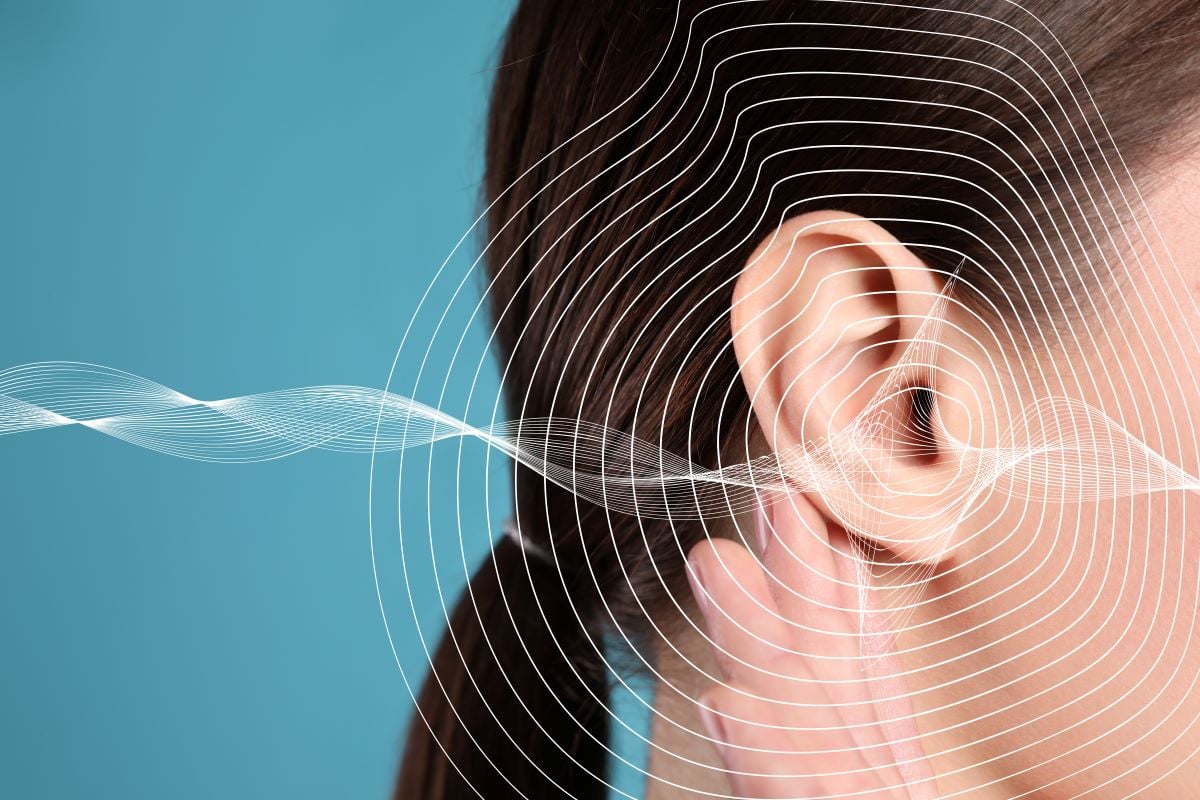Higher pure-tone average threshold, lower speech discrimination score, and lower otoacoustic emission pass rates seen compared with RVC
By Elana Gotkine HealthDay Reporter
WEDNESDAY, Sept. 4, 2024 (HealthDay News) — Adolescent Meniere disease (MD) has a higher pure-tone average threshold, lower speech discrimination score, and lower otoacoustic emission pass rates than recurrent vertigo of childhood (RVC), according to a study published in the August issue of Laryngoscope: Investigative Otolaryngology.
Xiaofei Li, M.D., Ph.D., from Shandong University in Jinan, China, and colleagues examined clinical features in adolescent MD in a retrospective analysis of the medical records of adolescents with MD (aged 11 to 17 years). Features were compared to those with RVC.
The researchers found that adolescent MD showed a higher pure-tone average threshold compared with RVC, a lower speech discrimination score, and lower otoacoustic emission pass rates. A significant reduction in equilibrium score, composite sensory score, and vestibular sensory score was exhibited by adolescents with MD. Compared with adolescents with unilateral MD, those with bilateral MD exhibited worse performance in equilibrium score and strategy score. The more severe endolymphatic hydrops detected by gadolinium-enhanced magnetic resonance imaging, the higher the auditory brainstem response threshold and the lower the otoacoustic emission pass rate for the affected ear.
“Adolescents with MD have similar vestibular information inputs with that of RVC, but the ability for the nerve center to use these clues to maintain balance is worse in adolescents with MD,” the authors write. “There were potential differences in vestibular weights in adolescents with unilateral and bilateral MD, also potential effects on vision and proprioception.”
Copyright © 2024 HealthDay. All rights reserved.








